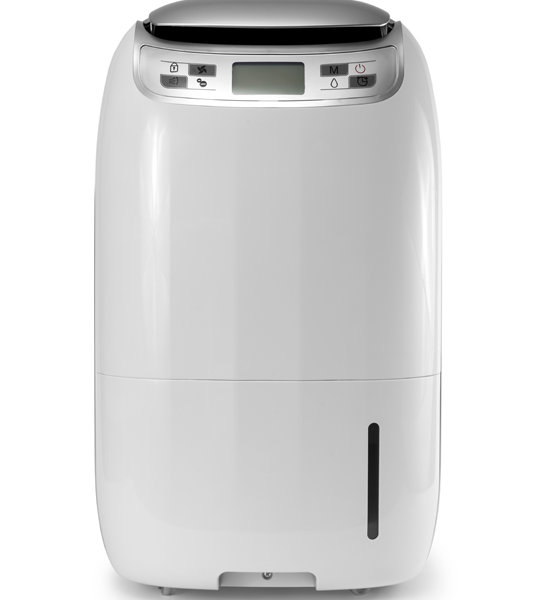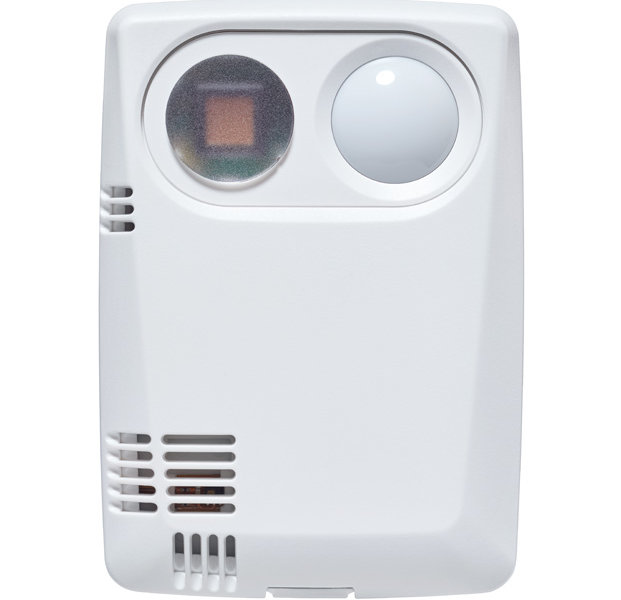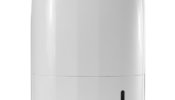Why is collections care important to museums and cultural organisations?
Ensuring that the conditions your collections are stored and displayed in are not detrimental to those collections means that your artefacts survive for future generations. As a preventative conservation method it also reduces the need and therefore the cost of remedial conservation to correct damage caused by unsuitable conditions. In worst case scenarios extreme temperature, humidity or light levels can cause permanent damage and result in loss of artefacts from your collection.
What are some of the main issues museum professionals should consider when thinking about conservation care?
Wherever possible monitoring should be carried out before any control equipment is purchased. The right choice of monitoring system for you will depend on several factors. What do you want to achieve with the data you collect (a general overview, proof of conditions for funding or loans bids or to produce reports)? How many points of monitoring do you require? Do you have the time to invest in a manual system or do you need the data to come to you? Are aesthetics important in display areas? Its worth taking the time to plan and talk through your options.
Once monitoring has been carried out then appropriate control equipment can be researched. Size, flexibility and again aesthetics need to be taken into account when making your choice.
Obviously costs need to be considered but today there are a range of options which mean that a lot can be achieved even with the smallest budget. Systems can be expanded over time so just getting started wit the right system is the most important thing. You can expand as and when budgets allow.
What are the benefits of museums and heritage attractions working with Meaco?
We have worked with museums since 1991 and introduced the world’s first radio based environmental monitoring system in 1992. We are still totally focused on the heritage sector and all our products are selected with collections care in mind. We understand the issues you face on a day to day basis and we work hard to make monitoring and controlling your environment as easy as possible.
We believe that follow up support is key to getting the most from what should be a long term investment and offer servicing and calibration options as well as always being on hand to a answer any questions you might have – or just a chat about monitoring and control in general.
Can you briefly describe the technology you use on your projects and explain some of the latest developments in this field?
Control equipment is always moving towards quieter and more energy efficient models but it’s the environmental monitoring side of collections care that has developed to really take advantage of the latest technology.
The traditional wireless monitoring system uses licence free frequency that doesn’t interfere with WiFi or any communications systems. It is perfect for larger sites with it 8 miles range (line of site). The current software can be hosted in the cloud and several museums actually host their systems on Meaco servers which makes support easier and reduces the issues which can be encountered when IT departments are involved.
The very latest system is a brilliant bridge between traditional data loggers and a full wireless monitoring system and uses either an existing WiFi system or even a specific WiFi set up using 4G modems. This system uses cloud storage again to make viewing your data easy from anywhere and has been designed with the heritage sectors needs in mind.
What are some of the key points that all museums should adhere to when caring for their collections?
From a monitoring and control perspective the first rule would be to monitor first and use that data to decide on the actual control needed. Good quality control equipment is a long term investment and carrying out monitoring first can ensure that the correct units are purchased first time.
Calibrate your monitoring and control systems. ALL sensors drift over time and you should check the accuracy of your handhelds, data loggers, controllers, wireless systems and humidity control kit every couple of years at least. The better quality the sensor the more stable it will be – but it’s always advisable to check regularly. This can be done by the manufacturer, by us or by you. If you are interested in finding out about your options then please get in touch.
Maintain your humidifiers – they do need attention throughout the year – whether just making sure filters are changed regularly or arranging a full service visit from the experts. These units can be a large financial investment and you will get the best out of them if they are attended to on a regular basis. If left there is the risk and algae growth and humidifier fly but the actual risk of legionella is incredibly low with evaporative humidifiers, which we would always recommend them for the museum sector.
Lastly – if unsure – always ask! There is no such thing as a silly question and you should always feel confident that you can ask your suppliers anything to help you get the most from your equipment. Here at Meaco we don’t believe our job is finished once delivery has taken place. We work with you to make sure you get the most out of your equipment so it can actually help you manage your collections rather than be just another drain on your time and resources.
What are some of the projects Meaco have been working on recently and how have you improved the situation in these cultural establishments?
Recently we were asked by St Albans museum to provide three dehumidifier units to help to control humidity while work was being carried out on their air conditioning system. Alison Foster (Conservator of Collections) is very impressed with the units and has stated that “They have been extremely effective at maintaining RH within a relatively narrow band, which we could not have achieved without them, and this has enabled our exhibition programme to continue without disruption, whilst we display unframed works on paper”
The Meaco dehumidifiers are very popular as discrete control unit in galleries and stores, as they are all mobile they are also an excellent option for emergency kits or backup for when the existing built in systems needs additional support and so allow for business as usual.
We are currently working with a national art organisation upgrading their current monitoring system across all their sites – galleries and stores. The galleries are located across the country whereas the collections care team are all based in London. They were previously using a datalogger based system which meant the team had to visit each site regularly to retrieve the data. This was costly in terms of both time and travel. Their data was always historical and they never had access to live readings.
The dataloggers are currently being replaced with the160 range of WiFi loggers which uses the existing WiFi infrastructure. One site has been running successfully for several months and they are now planning the expansion to the next two sites very soon.
This system is cloud based which means that the team can view and interrogate their temperature, humidity, lux and UV data from anywhere with internet access. With reduced travel time and access to live readings and historical data on PC, tablet or phone the team are very happy and excited to have such useful environmental data at their fingertips.
What are the challenges Meaco faces when working with museum and heritage collection and how they being overcome?
We understand that one of the largest issues most heritage organisations face is that of budget. It’s a balancing act between achieving the results that you need within the limited budget that might be available. We are more than happy to help with quotations and information to back up any bids that might be applied for and understand that this information is often needed sooner rather than later to meet grant deadlines. We also make sure that new developments in our own system are always backwards compatible so that nobody is ever left unable to expand a system when budgets allow.
Time constraints mean that its increasingly more important that data comes to you rather than you having to take time out of an increasingly hectic workload to interrogate reactive monitoring systems. Cloud hosting and WiFi systems mean that now more than ever we are able to offer the opportunity for organisations of all sizes to enjoy the benefits of wireless monitoring. The setting up of WiFi hot spots using 4G modems means that we can now monitor some of the remotest sites from our desktop.
Finally, with the changes in the working practices it is common for IT services to be outsourced. This can increase lead times and paperwork needed before tasks can be completed and added charges for even the smallest of jobs. We have always worked closely with IT departments both within and external to our customers but are increasingly being asked to find ways of bypassing the need for the involvement of IT departments altogether. Hosting of systems and extended remote support contracts have allowed us to provide full support packages without the involvement of IT departments and so increase the speed at which we can address any issues or advise on data analysis.
Over the past three decades we have grown to understand how to work within the restrictions of museums, archives and galleries environment and the restrictions placed on collections care professionals themselves. We use that experience to find ways to help you achieve your goals within the budgetary, technical and practical restrictions experienced by most organisations in the heritage sector.


















